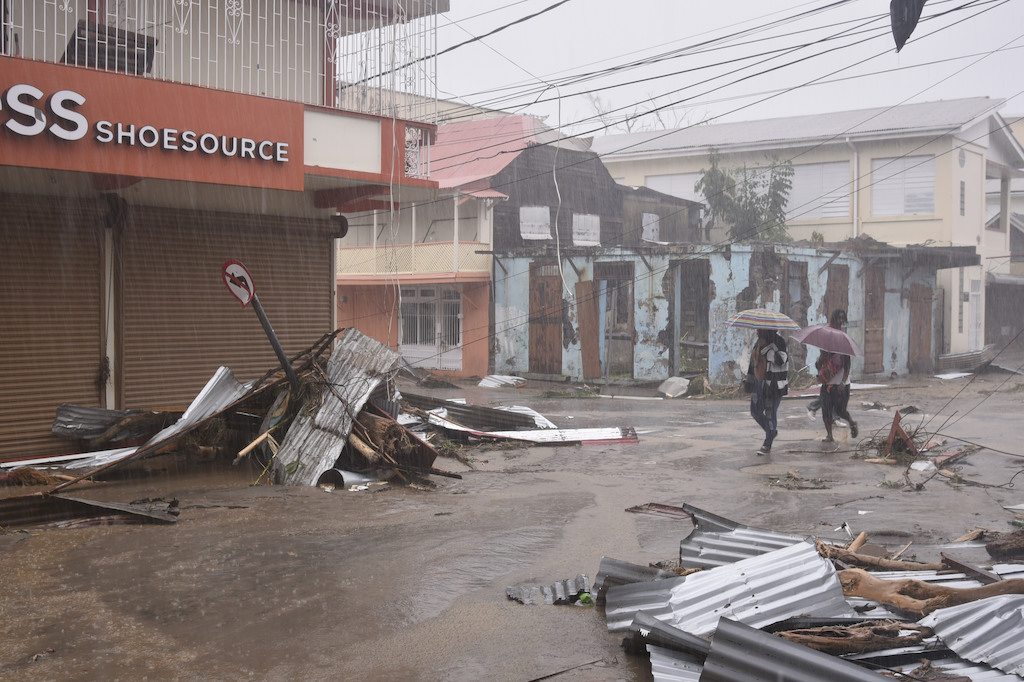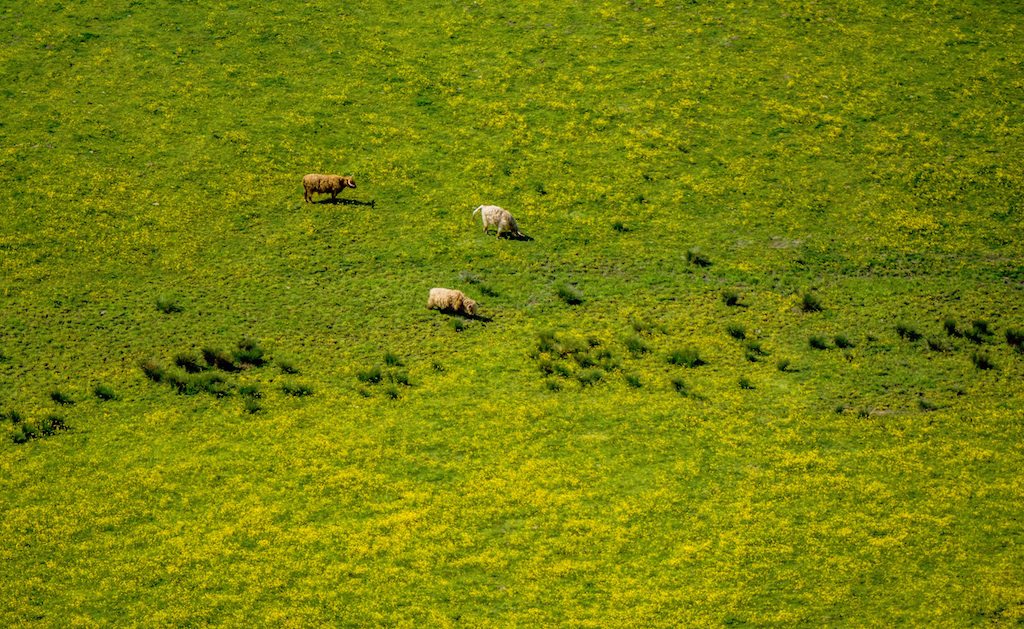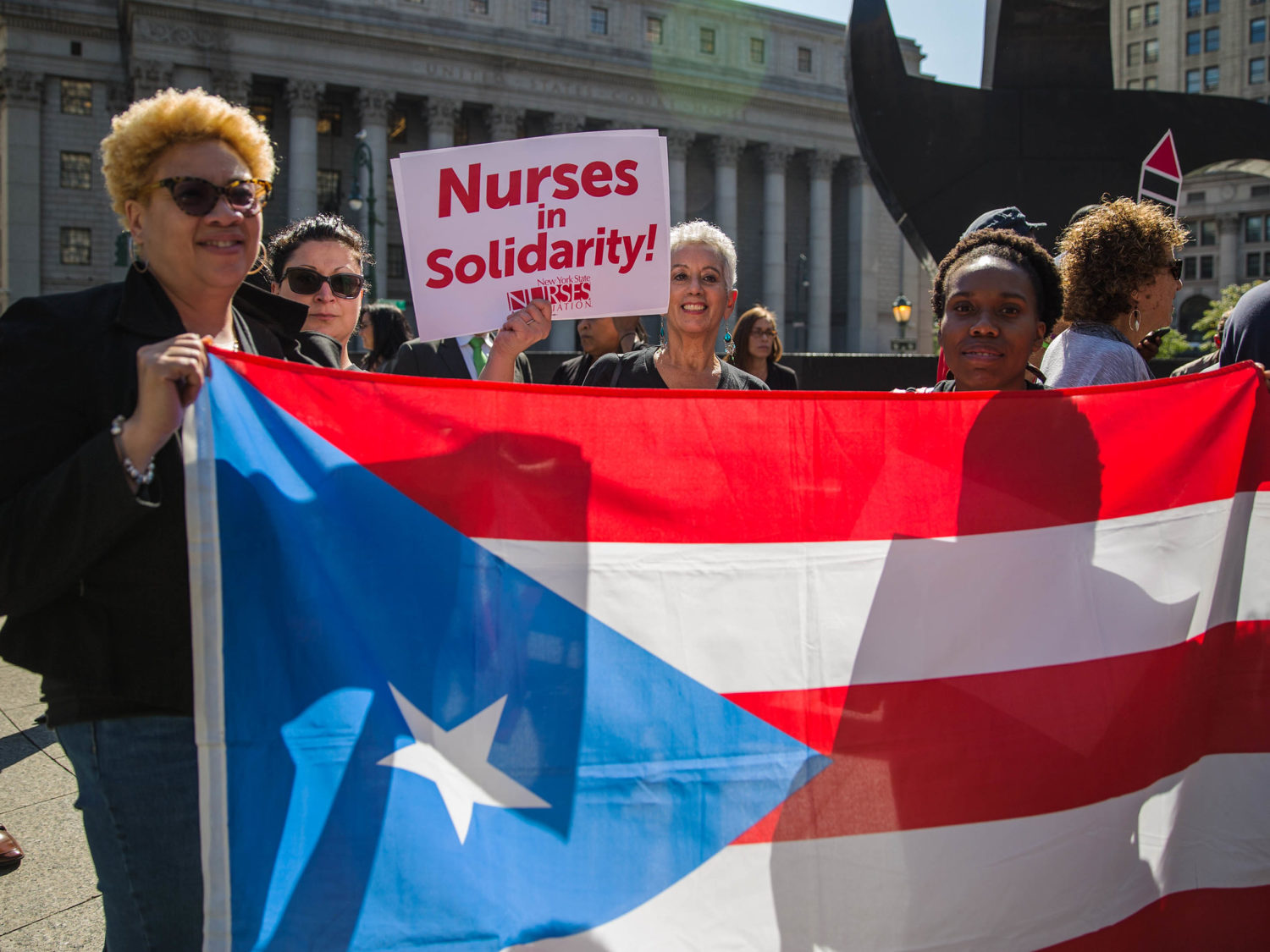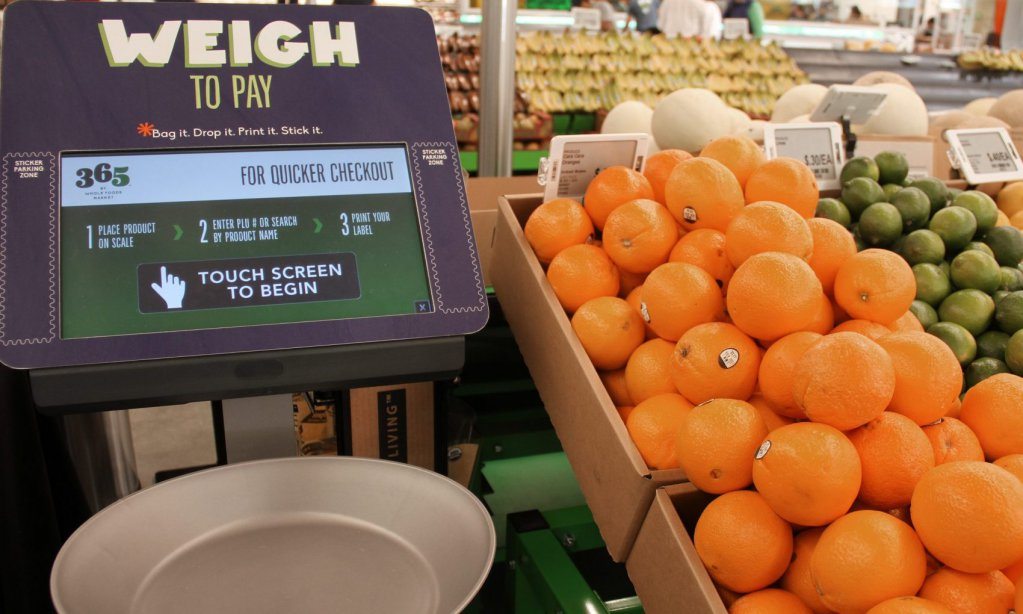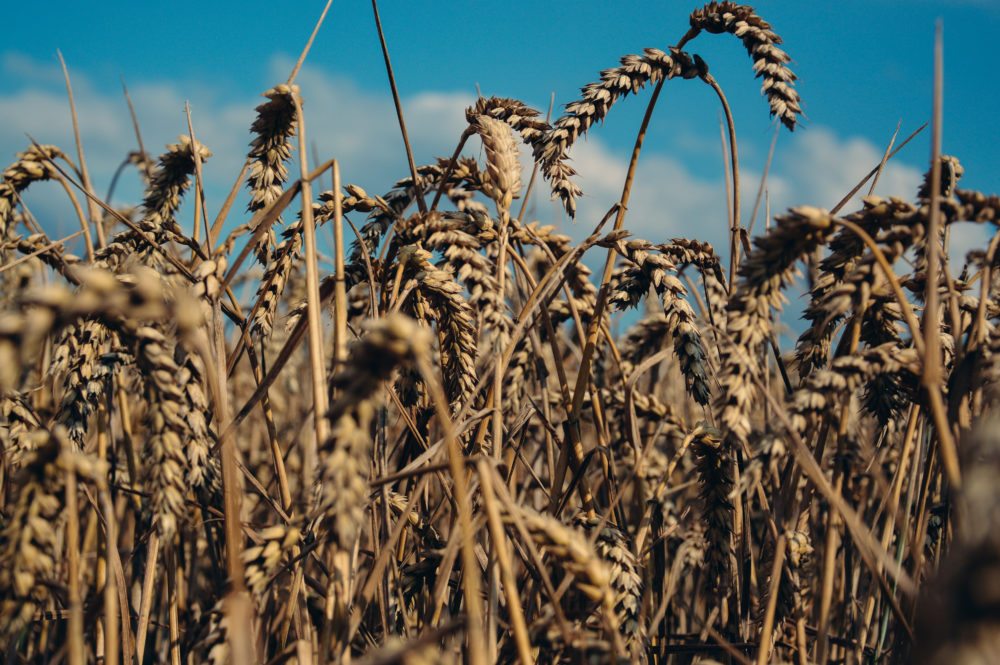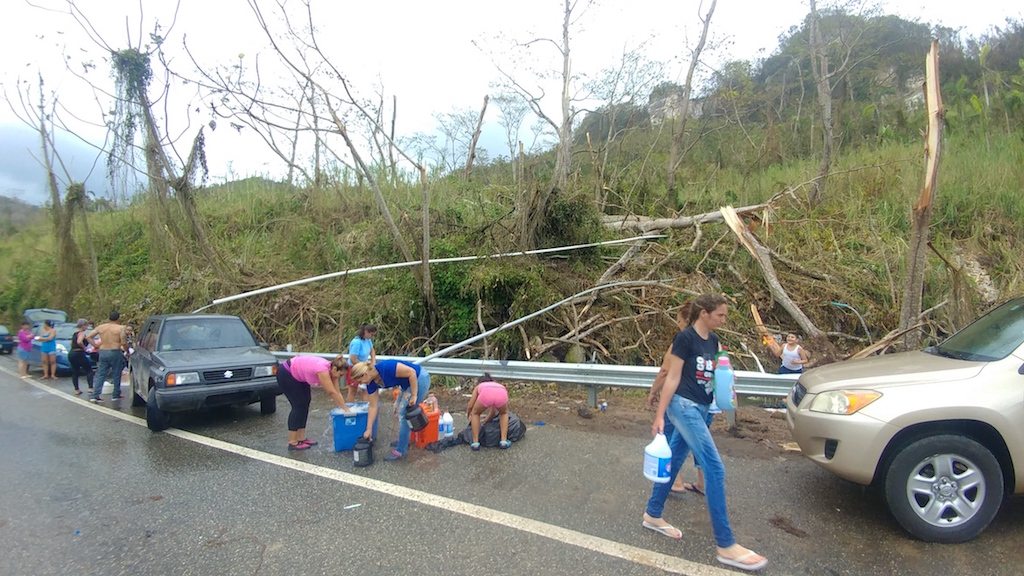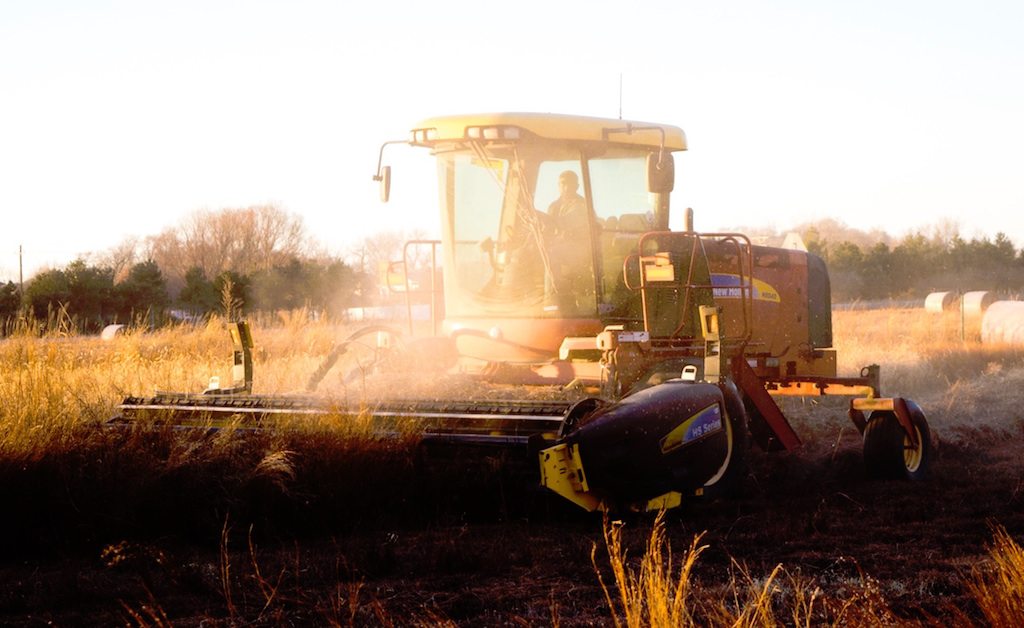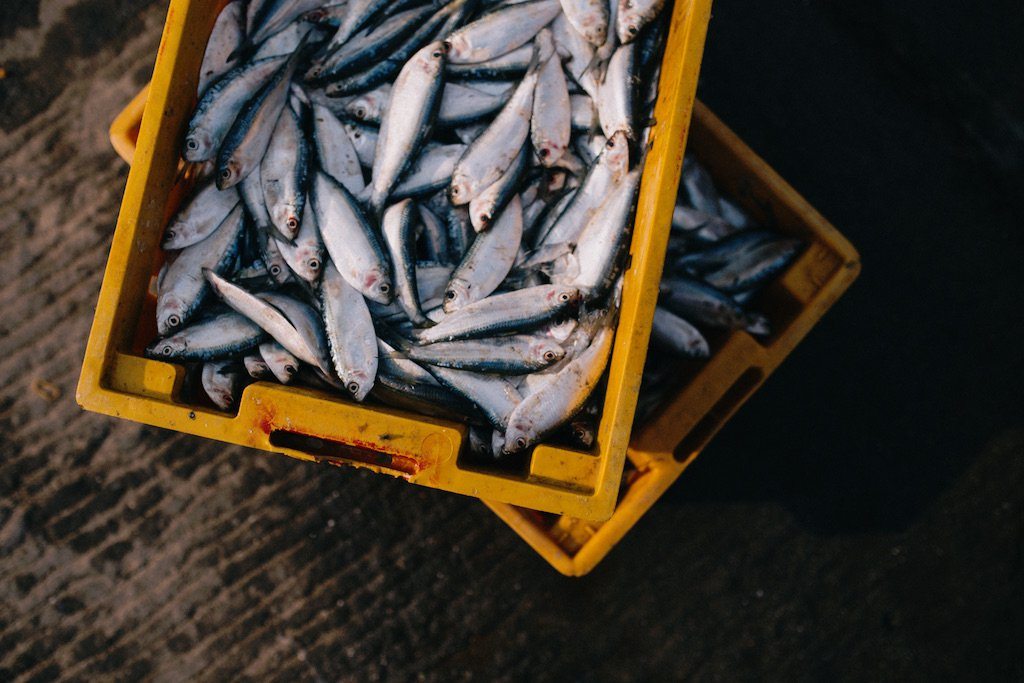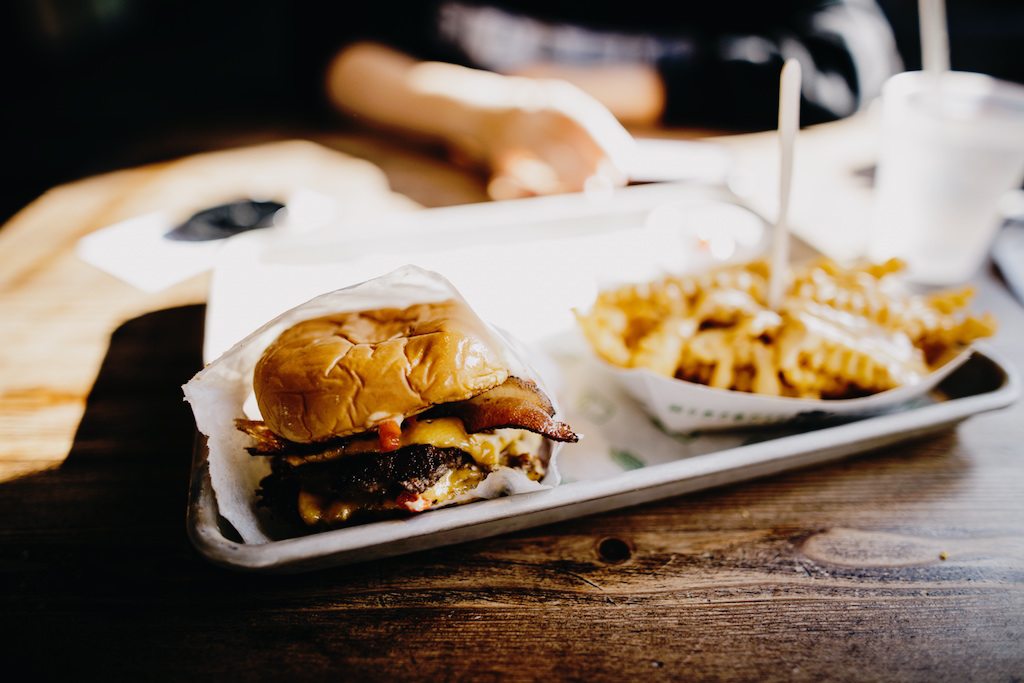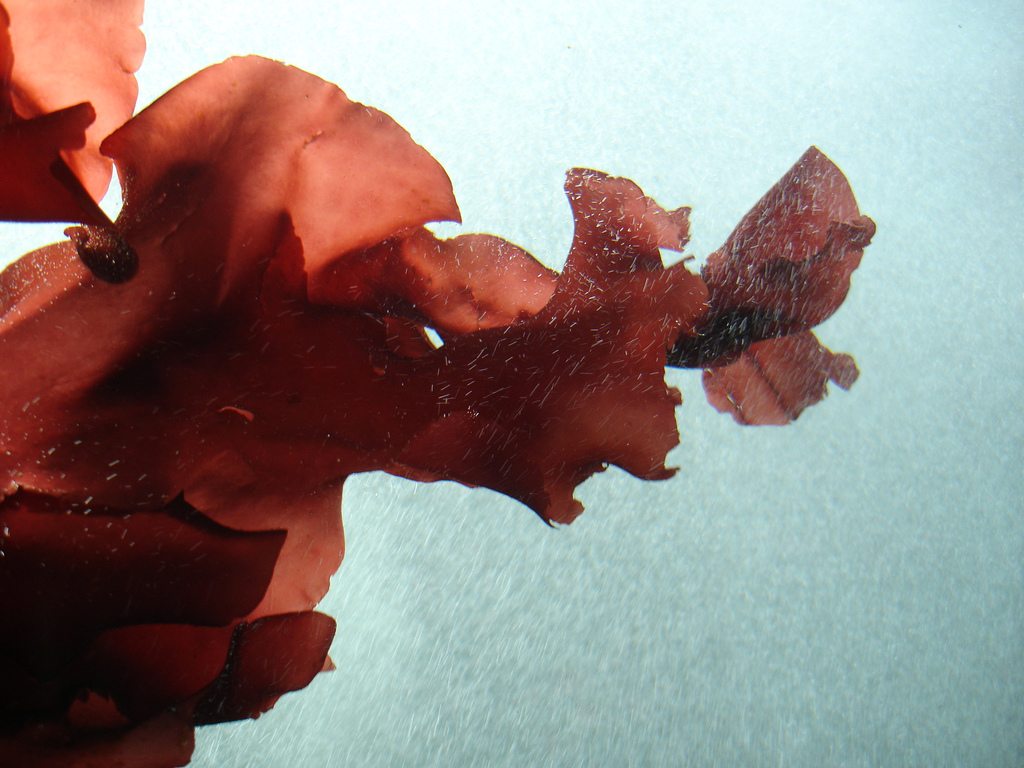Reading about the conditions in Puerto Rico right now is not for the fragile-hearted. This United States territory (a designation many Americans may need reminding of) has been utterly ravaged by Hurricane Maria, which made landfall as a Category 4 storm on September 20. Now, less than a week later, every successive news report seems to affirm conditions there are worse than we thought. Facing the decimation of most basic infrastructure, combined with seeming indifference from a U.S. president whose national priorities early this week seem focused on the symbolic acts of professional athletes, citizens of Puerto Rico are preparing themselves for a long, desperate slog. And on top of everything else, it appears even the sovereign ability to produce their own food is out of reach.
In a wrenching report published Monday in The New York Times, an incredibly bleak picture emerged. Peppered with grim quotes like, “Those [coconut] palms take about 10 years to grow. I will be dead by then,” and “There will be no food in Puerto Rico,” the piece shines harsh light on a nearly unprecedented scale of agricultural annihilation. Barns, chicken coops, miles of verdant farmland, all destroyed.
While it is true that only 15 percent of Puerto Rico’s food supply is actually grown on-island, much of its imported food comes from other hurricane-ravaged islands like St. Martin and the Dominican Republic. When the typical foodways have been so massively disrupted, self-sufficient food production would be a godsend. (There’s a reason doomsday preppers are so enamored of DIY agriculture.)
Facing a tepid aid response from the White House—saying what feels true out loud, Splinter News writes “The U.S. Government Couldn’t Care Less About Puerto Rico”—some Puerto Rican officials have been casting their fates on the mercy of strangers. “Hysteria is starting to spread,” the mayor of Manati, Puerto Rico, told the AP in tears. “We need someone to help us immediately.”
But as is often true about the aftermath of a catastrophe (and while federal response is still being shored up), state and local governments, aid organizations, and private companies are stepping in to address food scarcity issues. An initiative by Puerto Rican restaurant owner Tara Besosa is soliciting seeds and other farming supplies to help rebuild farming infrastructure and replant the island’s food supply. Officials from New York, with the help of JetBlue, traveled to Puerto Rico this weekend with food and other supplies. And chefs, farmers, and restaurateurs have been throwing fundraisers for Puerto Rico, like this one in Reno.
With no refrigeration and “campfire cooking” serving as the best option for most food preparation, devising long-term fixes to Puerto Rico’s food crisis will not happen overnight. Some optimists hope that once federal funds start flowing in earnest, they can be used to build a better, more sustainable farming groundwork. “This is just such a critical moment for agriculture in Puerto Rico,” says Besosa, who lost her sustainably sourced restaurant under six feet of water. “It’s never been more possible to see the connections between nature, climate, people, and food. I really think it’s our chance to rebuild farming here in a sustainable way.”
It’s a nice thought for the future. The big question is: what happens in the meantime?
How to help? You can support Besosa’s sustainable farming initiative by sending seeds and supplies or you can donate money.
[This story was updated at 6:29 p.m.]
